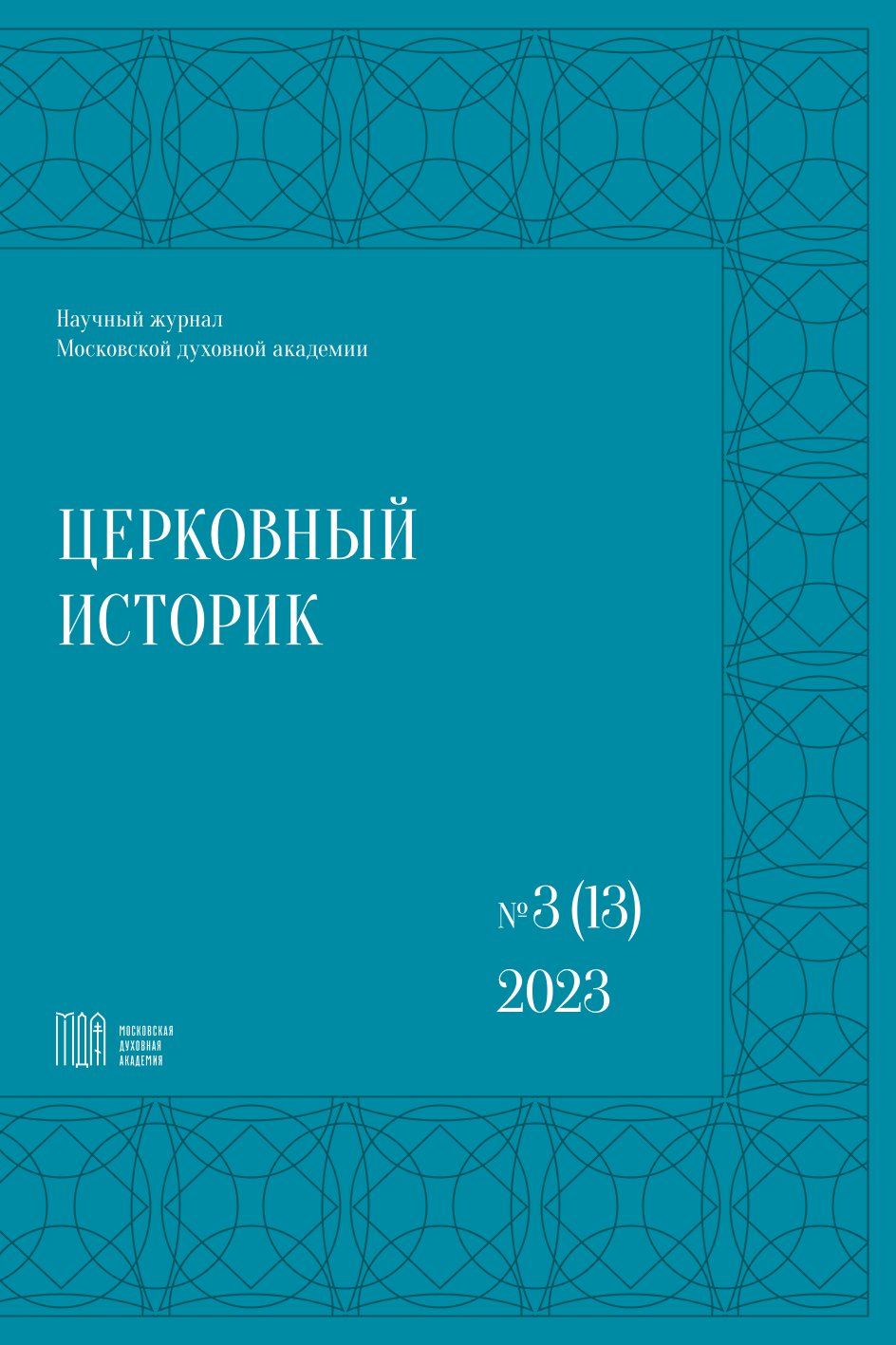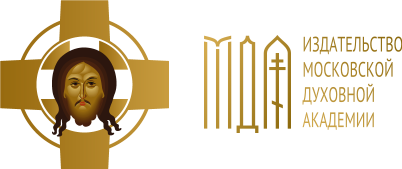Formation of legislation regulating the process of closing the temple, and its application on the ground (based on the materials of the Mari Region)
DOI:
https://doi.org/10.31802/CH.2023.13.3.006Keywords:
anti-religious policies, regulations, Decree on the separation of church and state, Resolution on Religious Associations, Russian Orthodox Church, Mari Territory, Regional Executive Committee, Resurrection Cathedral, community of believersAbstract
The October Revolution of 1917 completely changed the legal status of the Russian Orthodox Church, the first decrees of the Soviet government were aimed not just at eliminating its privileges, but at completely eliminating it from the political and public life of the country. Striving for its goal, the state used a wide range of measures, including taking away churches from believers, destroying or using them for non-liturgical purposes. For the rapid and effective implementation of religious policy in a short time, legal norms have been developed that allow them to be transferred into the hands of public organizations or local authorities. As part of our research, we will try not only to trace the process of formation of Soviet legislation regulating the closure of churches, but also to consider how legal norms were implemented locally, namely on the territory of the Mari Autonomous Region (MAR). In the course of the study, we came to the conclusion that during 1918–1929 a legislative framework was formed on the basis of which churches were closed both in the 1920s and in the following decade. Analysis of the available data suggests that with its help, local authorities managed to reduce the number of operating churches in a short time. When making decisions, they allowed themselves to approach this issue superficially, almost completely ignoring the interests of believers. Such a policy was, as a rule, supported by higher authorities, which in our opinion clearly demonstrates the purposeful activity of the state aimed at the widespread closure of churches. Thus, the purpose of the normative acts regulating this process was to achieve one of the goals of ideological policy: the complete elimination of religious organizations on the territory of the state.
Downloads
References
Библиография:
Опубликованные источники:
Взаимоотношения советской власти и православного духовенства Северной Осетии (1917–1943 гг.): Сб. док. / ФГБУН Северо-Осетинский ин-т гуманитар. и социал. исслед. им. В. И. Абаева ВНЦ РАН и правительства РСО-Алания; Авт.-сост. Б. А. Синанов. Владикавказ: ИПЦ СОИГСИ ВНЦ РАН и РСО-А, 2014.
Декреты Советской власти. Т. VII. 10 декабря 1919 г. — 31 марта 1920 г. М.: Политиздат, 1975.
Декрет Совета Народных Комиссаров «Об отделении церкви от государства и школы от церкви». [Элетронный ресурс]. URL: https://constitution.garant.ru/history/act1600-1918/5325. (дата обращения 16.04.2023).
Религиозная сельскохозяйственная артель «Добрыниха». 1917–1934 гг.: Сб. док. и материалов / Глав. архив. упр. Моск. обл., Гос. казен. учреждение Моск. обл. «Центр. гос. архив Моск. обл.»; Авт.-сост. протоиерей Александр Васильев, Ю. Н. Герасимова, О. Е. Думенко и др. М.: Приход собора Всех святых, в земле Российской просиявших, г. Домодедова, 2012.
Собрание узаконений и распоряжений правительства за 1917–1918, 1919, 1920, 1921, 1922 гг. М.: Изд. Управление делами СовНаркКома СССР, 1942.
Конфессиональная политика советского государства. 1917–1991 гг.: Документы и материалы: в 6 т. Т. 1: в 4 кн.: 1917–1924 гг. Кн. 2: Центральные органы государственной власти и управления в РСФСР: создание нормативно-правовой базы деятельности религиозных объединений / отв. сост. М. И. Одинцов; сост. Ж. В. Артамонова, Н. М. Волхонская, А. С. Кочетова, А. В. Лукашин, М. М. Одинцова. М.: Политическая энциклопедия, 2018.
Конфессиональная политика советского государства. 1917–1991 гг.: Документы и материалы: в 6 т. Т. 1: в 4 кн.: 1917–1924 гг. Кн. 3: Народные комиссариаты СНК РСФСР (1917–1924) и СНК СССР (1922–1924): проведение в жизнь декрета «Об отделении церкви от государства и школы от церкви» / отв. сост. М. И. Одинцов; сост. Ж. В. Артамонова, Н. М. Волхонская, А. С. Кочетова, А. В. Лукашин. М.: Политическая энциклопедия, 2018.
Циркуляр по вопросу об отделении церкви от государства. [Элетронный ресурс]. URL: https://rusneb.ru/catalog/000200_000018_RU_NLR_BIBL_A_011366602 (дата обращения: 16.04.2023).
Неопубликованные источники:
ГА РМЭ. Ф. Р-250. Оп. 1. Д. 175
ГА РМЭ. Ф. Р-250. Оп. 1. Д. 178
Литература:
Ерошкин Ю. В. Епископ Авраамий (Чурилин). // Христианское просвещение и русская культура: Доклады и сообщения X научно-богословской конференции. 24–25 мая 2007 г. Йошкар-Ола, 2007. С. 68–77.
История Русской Православной Церкви. Том 3. XX — нач. XXI.: учебник бакалавра теологии. М.: Общецерковная аспирантура и докторантура им. святых равноапостольных Кирилла и Мефодия, Изд. дом «Познание», 2022.
Козлов Ф. Н. Государственно-церковные отношения в 1917 — начале 1940-х гг. в национальных регионах СССР (на примере республик Марий Эл, Мордовии и Чувашии). М.: Политическая энциклопедия, 2017.
Митрофанов Г., протоиерей. Очерки по истории Русской Православной Церкви XX века. Церковь в гонение. Церковь в пленении. М.: Практика, 2021.
Смыкалин А. С. Государственно-конфессиональные отношения в СССР в 1917–1939 гг. // Российское право. 2016. № 5. С. 18–23.
Downloads
Published
How to Cite
Issue
Section
Categories
License

This work is licensed under a Creative Commons Attribution-ShareAlike 4.0 International License.







